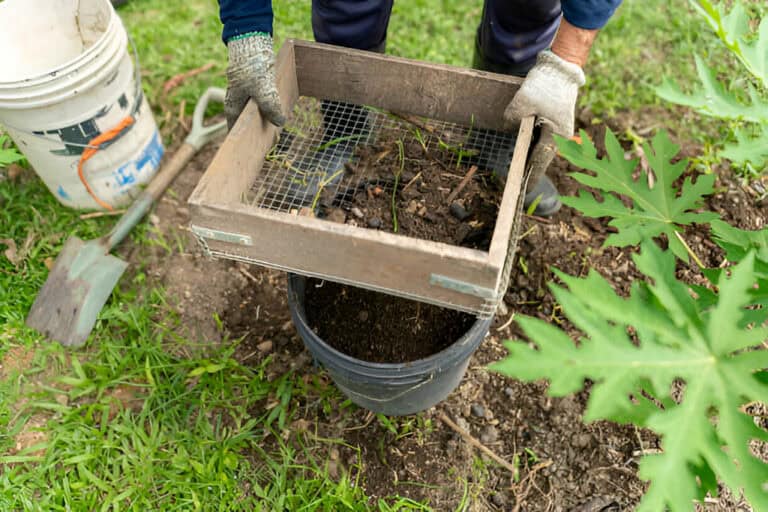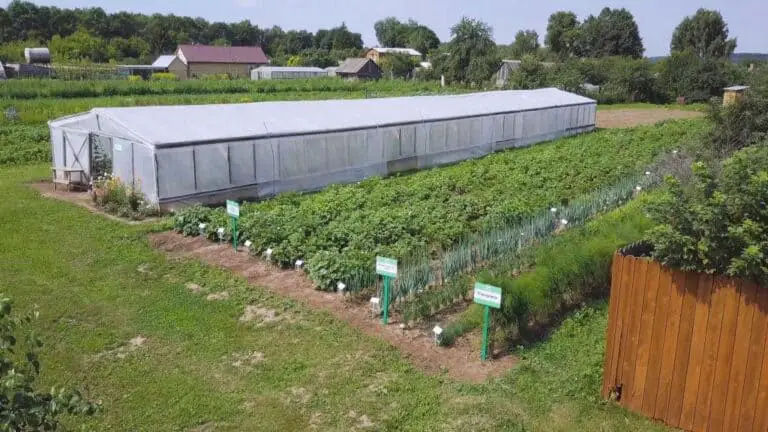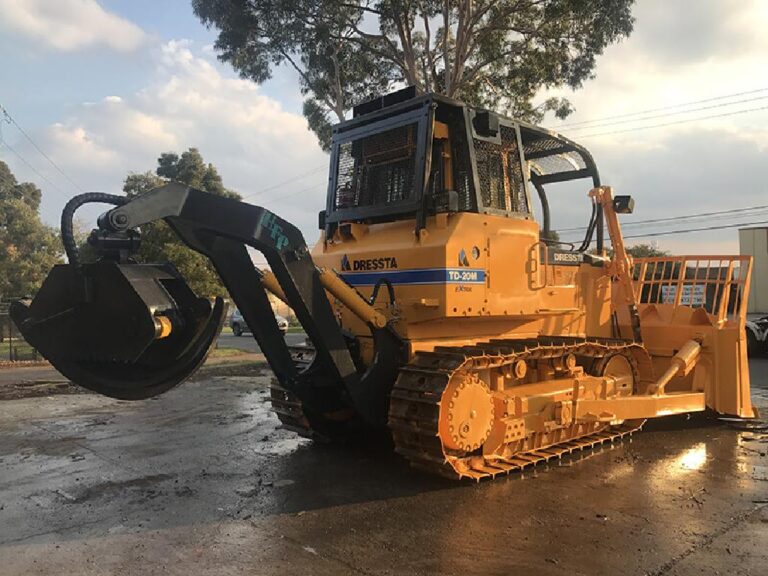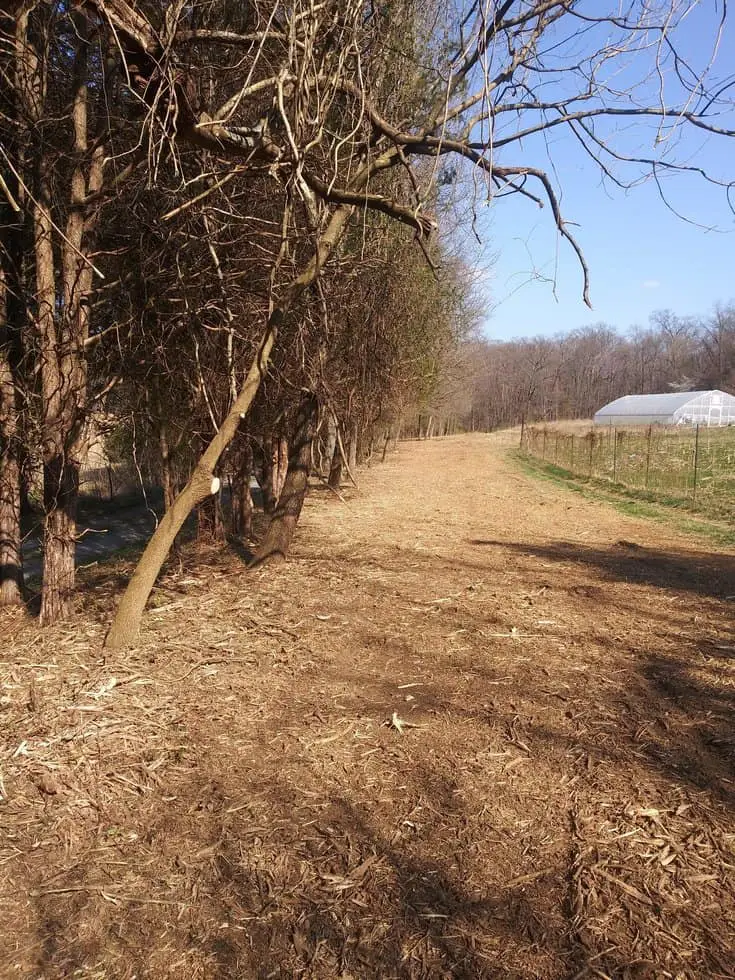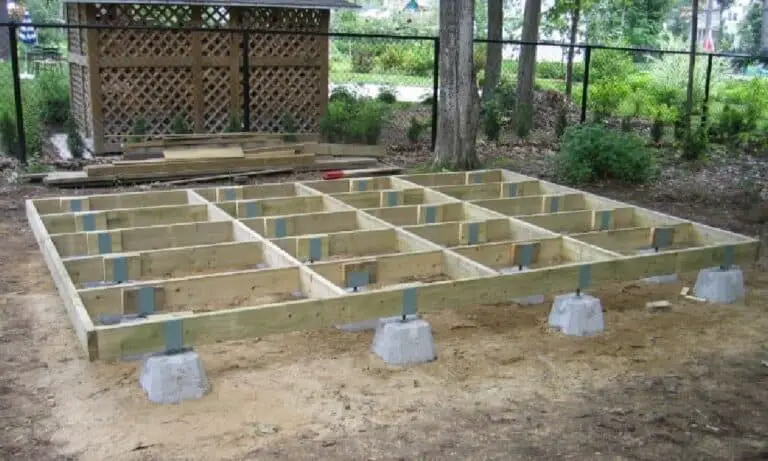How To Use Lawn Mower Without Bag – Get All The Details
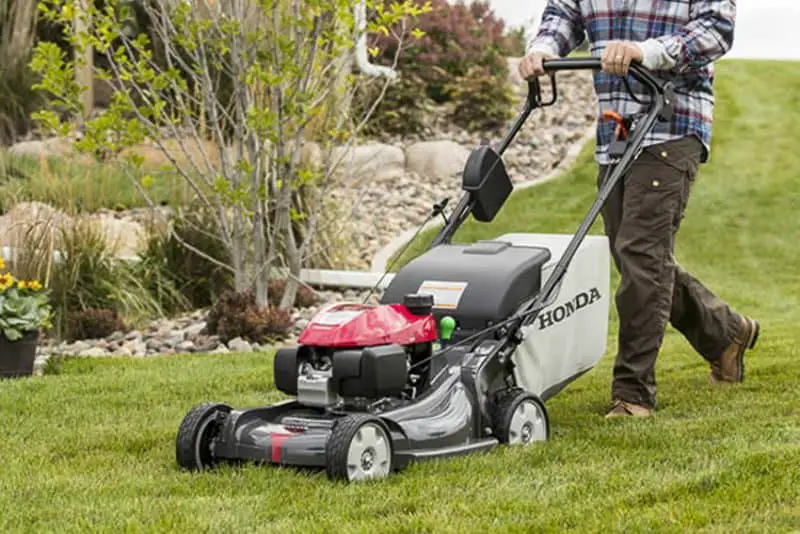
Since the invention of the self-bagging method, people face different troubles with it. When you have to mow a lawn by bagging the grass clippings, it can be pretty annoying to clean the bag and compose them after every cut. Besides, from having to place the bag correctly to detaching and reattaching your catch, it is very hassling to do it over and over.
Thankfully, there are two different ways applicable to avoid these troublesome works.
How to use lawn mower without bag? The processes of using a lawnmower without the bag are Mulching, and Side Discharge. These are popular for their “Grasscycling” or “Nutrients Recycling” process that saves fertilizing costs.
Whereas the Mulching method redistributes the clippings into the lawn, the Side Discharge method blows the clippings into the yard.
Though the processes may seem straightforward, there are some aspects to consider for safe and perfect mowing. Properly using the mower without the bag yields excellent results for your lawn; otherwise, it may result in hassles for you and harm to your yard. Hence, to make sure you do it right, read it on.
Is It Better To Mower With A Bag Or Without?
There are so many factors to look into according to one’s individual needs. Hence, some pros and cons might come in handy, respectively than judging a particular method.
The Case for Bagging the Clippings:
Pros:
- If you notice signs of lawn disease (i.e., fungus), then bag your clippings. Mulching or Discharging will spread the disease all over your lawn.
- In cooler seasons, the best defense is to bag the clippings.
- For mowing less frequently and having long clippings, it’s best to bag them.
Cons:
- It makes the mower run a bit slow and is quite a time-consuming method. Besides, placing the bag correctly and then detaching – reattaching it and cleaning it over and over becomes quite hectic.
- It’s hard to decompose the plastic bags used to toss clippings quickly. These garbage bags fill up landfills.
- Purchasing the bags several times costs extra money.
The Case for Mulching and Side Discharge:
Pros:
- Both of the ways recycle nutrients, turning the lawn healthier. Despite the famous myth, leaving clippings in the yard doesn’t contribute to thatch.
- Raking, bagging, and composting the clippings consumes time and effort. Letting the lawn organically decompose clippings is way easier.
- Leaving your clippings in the yard won’t get you into trouble with the lawn mowing laws. Some states have banned dumping yard waste, and leaving yard clippings all over the road can cause trouble with some local authorities.
- These are much faster alternatives to bagging as they reduce the time by 30%.
Cons:
- Large clumps of grass left sitting on the lawn can rot, killing the live ones underneath.
| Also read: How To Fix Lawn Mower Not Running At Full Power |
How To Use Lawn Mower Without Bag?
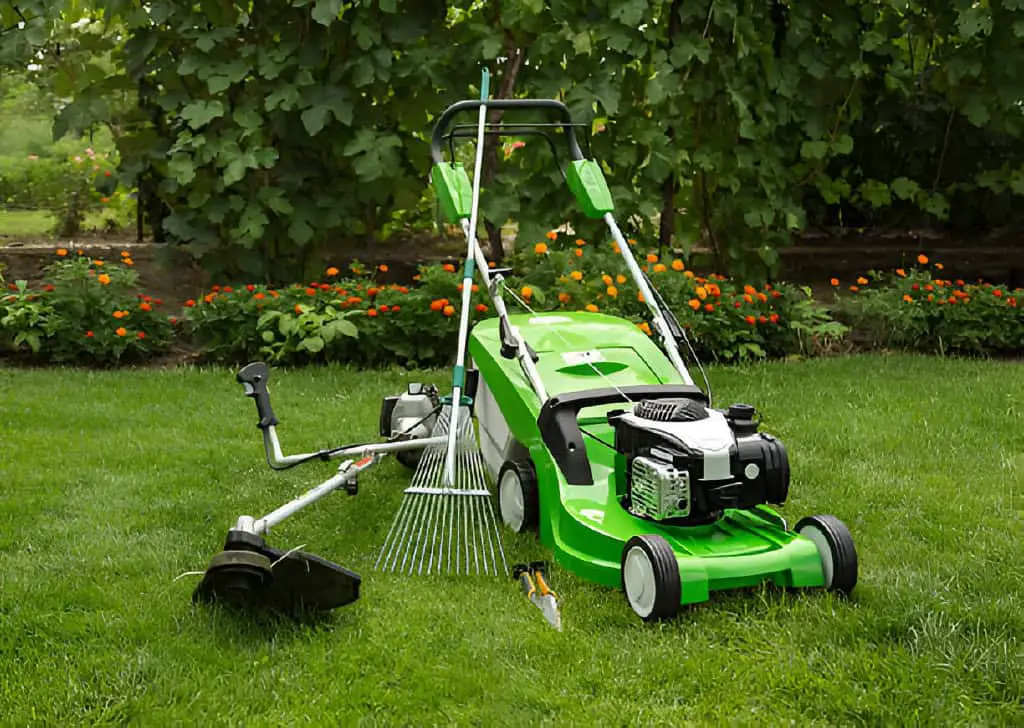
It seems straightforward, but you need to do a few things for a safer mowing that enriches the lawn. Handling a mower the wrong way may damage the lawn or yourself.
All mowers can side discharge for having a discharge chute on the side or back for grass clippings to exit. Mowing blades vary from mulching to side discharge.
Conversion of the discharge mower into mulching with a suitable mulching kit is doable. Install a mulching blade into your mower, as well as a restrictor plate that blocks the side discharge chute.
However, there are two processes to use the lawn mower without the bag. They are:
Side Discharge
Before the bag came into existence, Side Discharge was the earliest type of lawnmower. Some professionals still use it for its benefits. It needs correction.
Otherwise, it will lead to poor aeration, over-fertilizing, and usage of too much pesticide. Ensure the correct blade height to avoid mess. Side discharge allows you to run through faster, which helps you get the lawn done quickly.
Mulching
Mulching is a scientific method and is similar to side-discharge in terms of recycling nutrients. Unlike side discharging, the clippings are not shot out of a side port. They are instead cycled around the blades and dropped back to the ground.
The Bagless Process Of Mowing In Both Methods
There are particular processes for “How to use lawn mower without bag.” To learn how to use a lawn mower without bag, follow these simple steps which will help to mow in both side discharge and mulching methods.
- Irrespective of the style you choose, you have to follow these basic rules for ensuring a healthy lawn.
- The proper clipping size depends on your grass type and season. During the spring, when your grass started growing, cut your grass at least once a week.
- For extensive clippings, ensure regular cutting to prevent clumping. Shorter clippings reduce the thatch-forming risk according to Penn State University and increase the possibility of a greener lawn.
- Later in the year, you have to increase your blade height for longer blade clippings.
- Do not let the grass grow more than 4.5 inches tall. Leave your grass about 2.5 to 3 inches tall as it is the proper height for optimal nutrient processing.
- Keep your blades very sharp. It ensures clean cuts and prevents the grass from dying, and reduces the possibilities of pests and diseases.
Tips To Remember When Using Lawn Mower Without Bag
Lawn mowers may look like simple gardening tools but they need to be handled with care as many accidents send more than 80000 peoples at emergency as the reports of ABC shows. Here some tips to use the lawn mower without bag.
- Follow the “One-Third Rule.” When mowing, only remove one-third of the grass blade at a time to avoid stressing your lawn.
- For longer grasses, discharging leaves more extensive clippings in the lawn, so mulching them into more refined pieces makes the yard look neat.
- Avoid mowing the space where a side discharge might spray clippings into the garden or onto streets or sidewalks. For this, a mulching mower is best.
- Mulching works best for small yards while discharging for the large.
- Avoid mowing wet grass. Trying to mulch damp grass can cause issues. They clump together and stick to the underside of the deck, causing circulation issues and leave small piles of grass all over the lawn.
- For wet grass, better to use a commercial mower for wet Grass designed explicitly for mowing wet grass.
As always, if you feel lazy, you can also get help from these professional lawn care services.
Related Questions
Do grass clippings cause thatch?
Contrary to a famous lawn myth, “leaving clippings on the ground does not cause thatch”. Thatch is a layer of partially decomposed grass-plant parts between the live grass and soil. Grass clippings are mostly water, so as long as you mow regularly at the right height, they will break down and disappear rapidly.
When to mow the lawn?
If by “when,” you mean when should you mow the lawn monthly or yearly, According to the University of Arkansas System, “Usually once a week is adequate for maintaining a lawn in most climates. However, in the hot and rainy seasons of regions contained in hardiness zones greater than 8, lawns may need to be maintained up to two times a week.”
Hence, spring, summer, and fall are the best seasons (From March to November) for mowing the lawn.
If by “when,” you mean what time of the day is best for mowing, then two particular periods of the day are best for your lawn to be mowed. Hence, you can easily make a schedule for your mowing days accordingly. These are:
- Mid Morning (8-10 AM)
- Afternoon (4-6 PM)
If by “when,” you mean what sizes of grass need mowing, then there are recommendations for particular grass types on optimum mowing heights. This chart below by Michigan State University might help you to learn the sizes easily:
So, there you go! I hope these proven guidelines helped you learn how to use a lawn mower without a bag.


